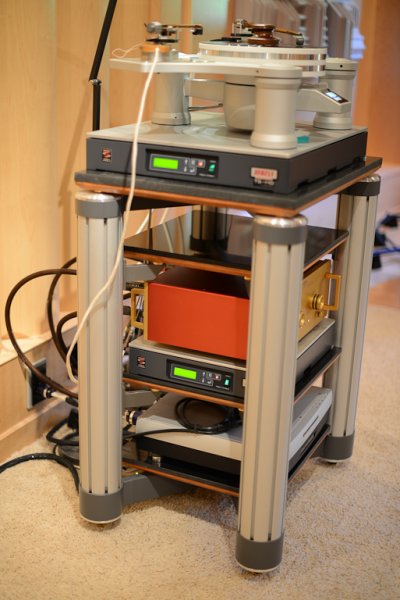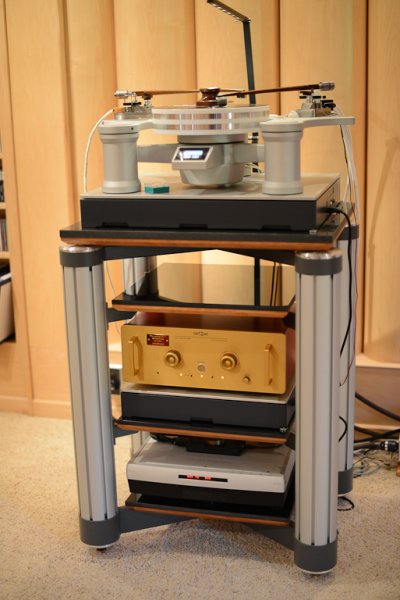Mike
relax. There is no accusation but people are hitting some nerves. I am coming up with nothing and will offer my full apology. Where I see people becoming unsettled is the constant comment that only highly resolving systems will achieve such benefit or at least be able to hear such benefits. Such comments IMO can rattle a few members and this is showing.I will only follow from the sidelines but will ask one last question....
why shouldn't this device make any improvement under video components that have moving components? It makes sense to me
Steve,
i'm am relaxed. and apology accepted. thanks.
I have no personal issue with Carl. he might not feel the same toward me.
whether isolation helps video is a question. no one is making that case. but I don't see where the burden is on me or anyone using isolation for audio to prove any relationship between the video question and how isolation works for audio gear. clearly yourself and most everyone on this forum use isolation on their gear in one way or another. I cannot believe that this so basic a question is really worth talking about.
OTOH which isolation works best, where it works best, which one is cost effective, and whether it makes one a better or worse person.....that's all on the table to go after.



